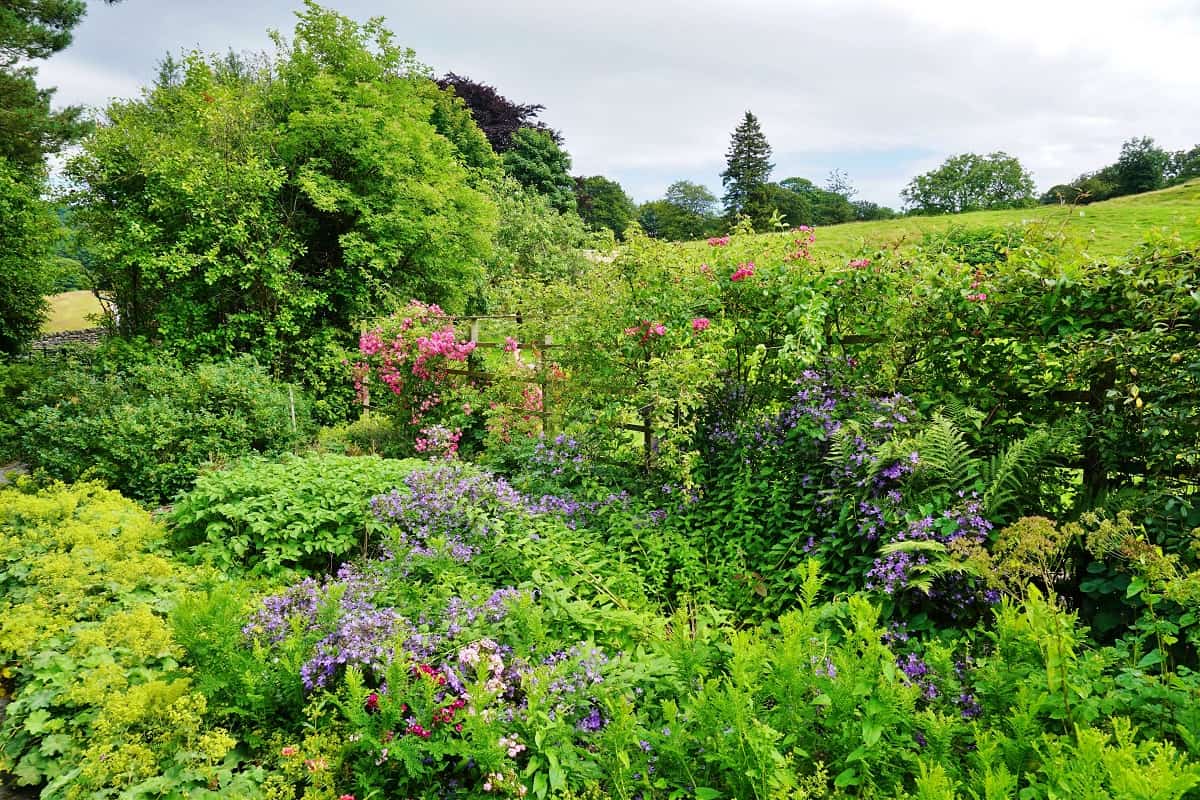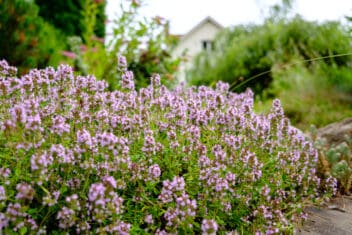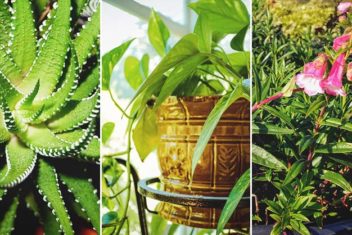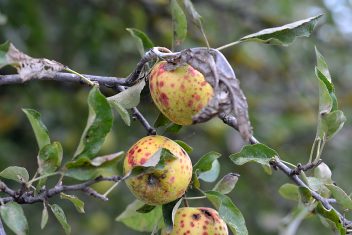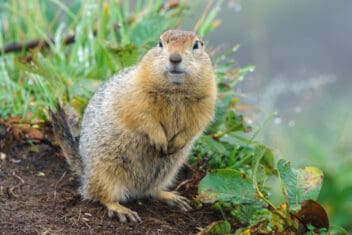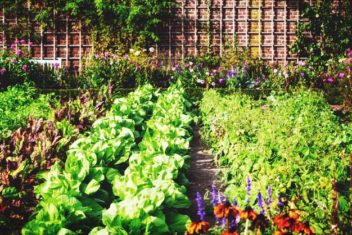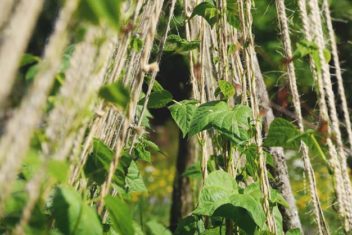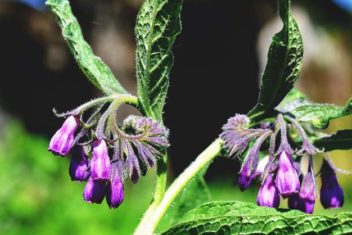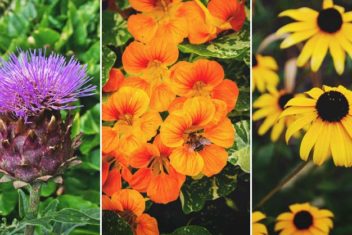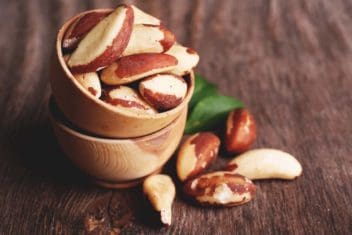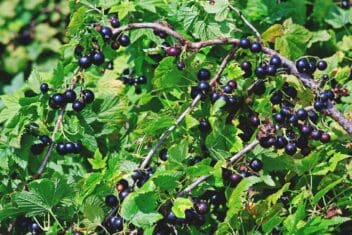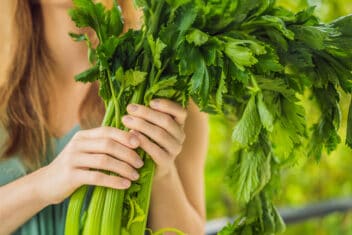If you’re looking to change up your planting scheme this spring, you might want to give habitat gardening a try.
A habitat garden is a garden that mimics the natural landscape while also providing sustenance for animals. It’s an eco-friendly way to get closer to nature.
There are several ways you can create your own habitat garden – here are some tips on how to do it.
What is Habitat Gardening?
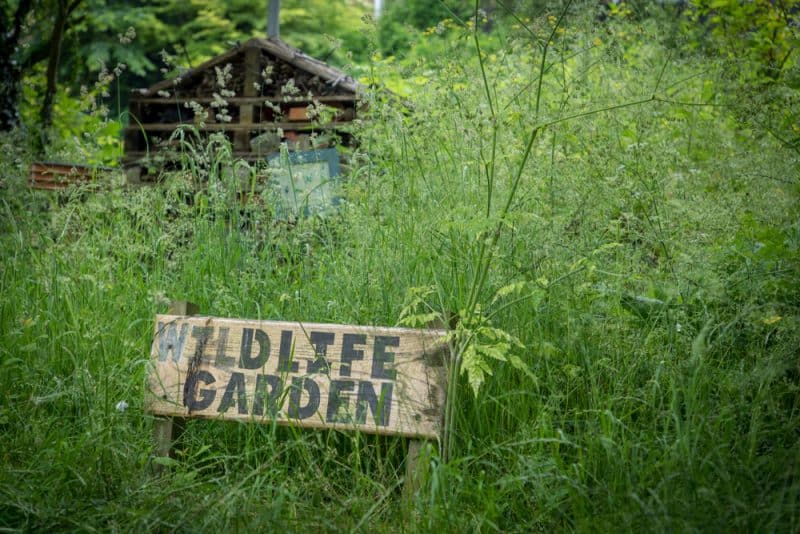
Habitat gardening is a great way to create an environment that is sustainable and beneficial for both the people living in it as well as the wildlife.
The idea behind habitat gardens is that by creating one, you are providing food sources, water sources, shelter, and other necessities for more than just yourself.
As opposed to traditional yards where things like grass cover everything, habitat gardens have trees with plenty of leaves for shade and fruit-bearing plants in their branches so animals can eat off the ground too.
There are plenty of ways you can improve the landscape you have to offer habitat for wildlife.
Leave bare branches on trees for perches. Let seeds ripen for birds. Don’t rake up fallen leaves, instead, leave them in place to provide shelter and mulch. Also known as a wildlife garden, a habitat garden will offer places for local animals to eat, rest, nest, and thrive.
Benefits of Habitat Gardening
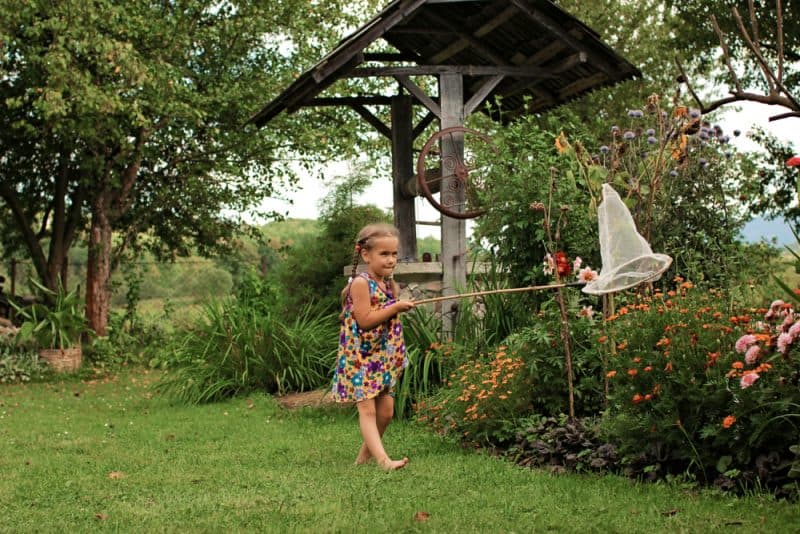
There are countless benefits to building a habitat garden.
For one, it typically requires less water and fertilizer. Pesticide use, too, is kept to a minimum. After all, you want to create sources of food for the animals in your landscape – you don’t want to deplete them.
A habitat garden is also a great resource for families. As you probably already know, children love exploring the natural world – whether it’s bugs or birds, they’re sure to find something to entertain themselves in a wildlife garden. Growing a habitat garden with your kids will offer them a wonderful lesson on how to fully embrace the more natural things in life.
Of course, a habitat garden can also attract pollinators, especially when you make this your focus. If you build it, they will come!
Creating a habitat garden can be as simple or as complicated as you’d like. It can involve combining just a few key habitat plants or you can develop an entire landscape that mimics a plant community found in nature – perhaps in tandem with a permaculture garden plan that you have in mind.
You can even work to create a habitat garden that only attracts certain species of wildlife, like hummingbirds, bats, or butterflies.
Steps to Creating Your Habitat Garden
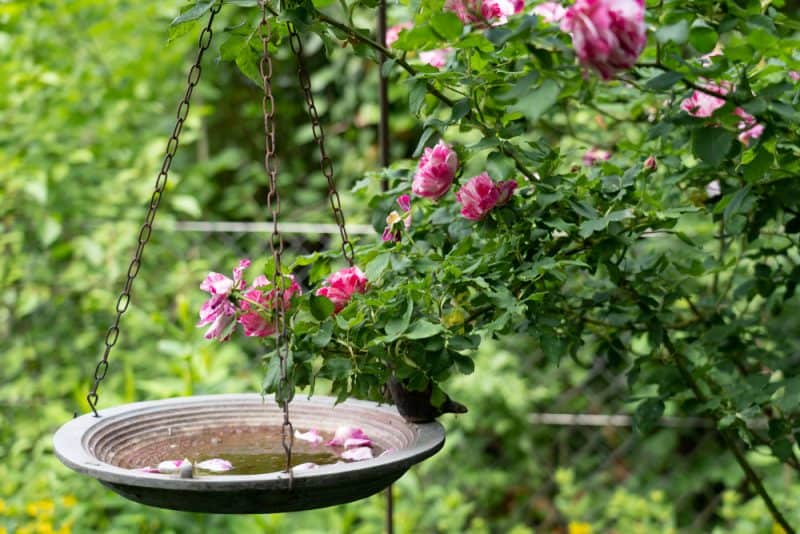
There are several key steps you should follow when creating a habitat garden. Make sure you incorporate certain elements to ensure the local wildlife is well provided for. Here’s how to make it work, no matter what kind of landscape you are working with.
1. Identify Existing Plants
To start creating your habitat garden, you should first identify the plants that are already present on your property.
Some to note include oak trees. There are native oaks for just about every state in the US, and these often form the cornerstone of a habitat garden. In fact, oaks support over 450 species of butterflies and moths, which then provide valuable food for birds and other animals.
2. Make a Sketch and Map
Next, you should sketch your garden. These sketches might include just a small section of your property, or they may encompass the entire landscape. Whatever the case may be, take the time to sketch out the existing plants as well as to make notes of ones you might want to plant.
Here are a few design ideas to consider.
First, you might want to make a multi-layered planting. You can add a row of canopy trees, like maples, before adding medium-sized trees or taller shrubs, like willows or toyon. Then, you can add smaller shrubs before filling in with herbaceous plants (think things like native salvias or grasses) and then you’ll add a final ground cover layer.
You can also add things like arbors, thickets, and groves made out of native plantings. These won’t just offer a nice look to your garden – they’ll also provide food and shelter for birds. Growing a native hedge or meadow (or planting native vines) is another easy way to care for the wildlife in your area.
3. Add Food Sources
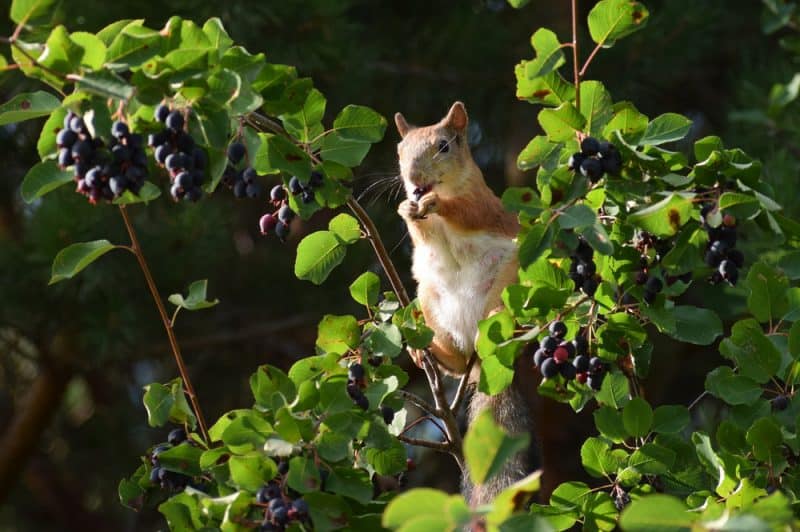
To keep wildlife in your garden – and to keep them healthy and satisfied – you need to offer a year-round food supply. When it comes to adding food sources, diversity is key. Because of this, you’ll have to choose native plants that will offer a reliable source of food without requiring a lot of upkeep or environmental manipulation on your part.
You can blend in a few non-native plants, of course, to add diversity to the landscape. However, the plantings should consist primarily of natives.
Consider including plants that will offer all kinds of foods, like berries, other fruit, pollen, nuts, sap, seeds, nectar, and foliage. If you can, select plants that will bloom at different times of the year. Hummingbirds might be drawn to plants like coral bells in the spring, salvia in the summer, and Fuschia in the fall. Planting each one will allow you to provide food at all times.
Trees are also important – whenever possible, plant native fruit trees, like serviceberries or black cherries. These will offer shelter to wildlife and also offer produce that can be eaten by wildlife – and you, if you’re passing by and need a snack!
You can even add “hardscaping fixtures,” like bird feeders, to make sure wildlife has food at times when plant resources might be scarce or uncertain.
4. Don’t Forget Other Natural Elements
Remember that food isn’t the only thing that wildlife needs to thrive – you also need to provide water.
– Water
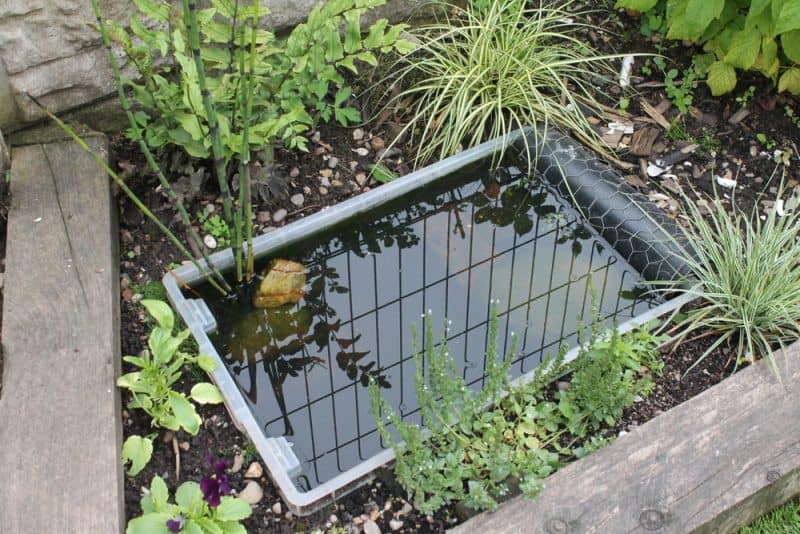
Include a year-round source of water. Digging a pond, if you can swing it, will be the best option. It can attract all kinds of wildlife and you can prevent mosquitoes from setting up shop (a kind of wildlife you probably don’t want to attract into your habitat garden!) by depositing Bacillus thuringiensis israelensis, a type of bacteria designed specifically for aquatic life.
You can even supply water on a smaller scale, putting out bowls of water or leaving water in birdbaths. Clean out these water sources periodically to make sure you don’t have to worry about pests or algae. You can add a heater to stop the fixtures from freezing in the winter.
Even pools or crevices that collect water naturally can be helpful. These will not only provide drinking water to animals in need but also can provide habitat to amphibians like turtles and toads.
– Other Features
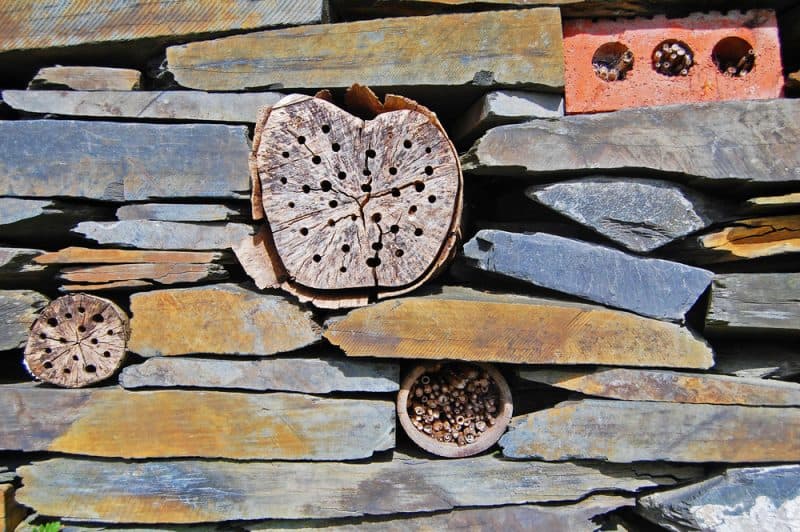
Shelter and nesting places are also important. An easy way to provide shelter is to get lazy with the clean-up duty. When trees fall from a freak windstorm, leave them in place. Brush piles and mounds of leaves serve as a wonderful habitat for wildlife, as do thickets of roses and stands of tall trees. These can also serve as nesting areas for birds.
You can even use wood piles of stacked rocks to provide habitat (just keep these away from your house, barns, or other structures to prevent bringing pests inside).
Sunlight is another important feature and one that’s often neglected. Be sure to remove any obstructions that might prevent sunlight from reaching your habitat garden. While areas of shade are not only okay – but desirable – you don’t want the whole thing to be entirely shaded.
Other Ideas for Habitat Gardening
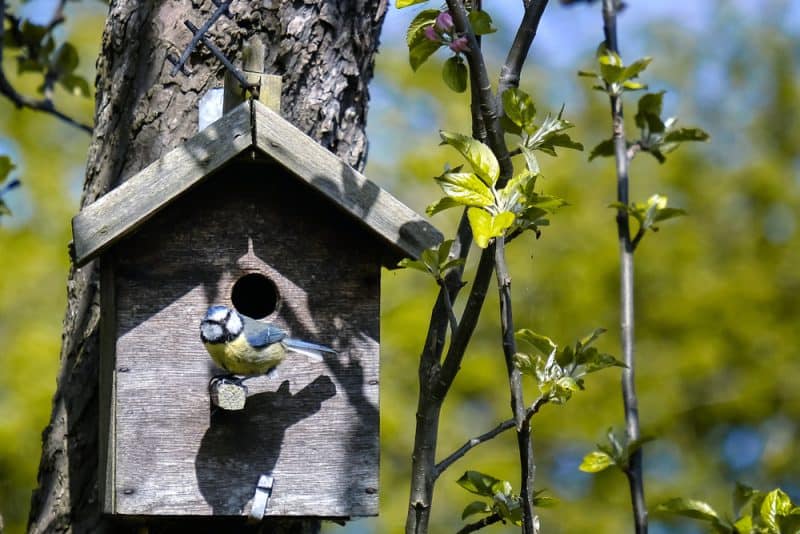
Of course, the many options for growing a habitat garden don’t end with the ones we listed above. There are plenty of other ways to create habitat for wildlife, such as putting out birdbaths, bat houses, and birdhouses.
Even creating a small 5×10 meadow can make a world of difference when it comes to supporting wildlife. By growing native milkweeds or prairie grasses, you can fill your landscape with a hum of activity from bees, birds, butterflies, and more.
Get creative! The sky’s the limit when it comes to creating your own wildlife garden.
Habitat gardening is a way to create a natural outdoor living space that mimics the surrounding environment. This type of gardening can be done on any size lot, and it doesn’t even require you to have much knowledge about plants or landscaping. All you need are some basic supplies like soil, seedlings, mulch, and water.
So what are you waiting for? There’s never been a better time to give habitat gardening a try – see for yourself!
